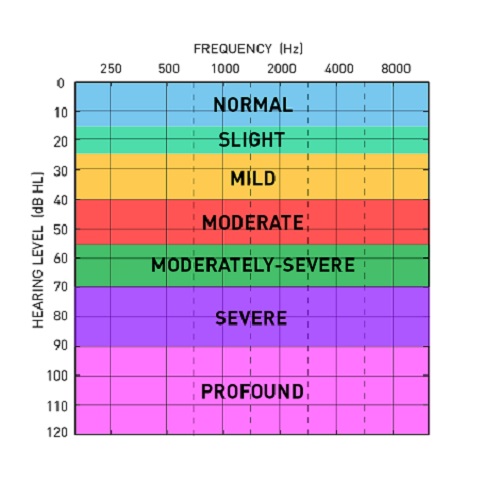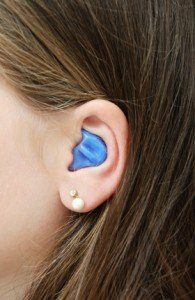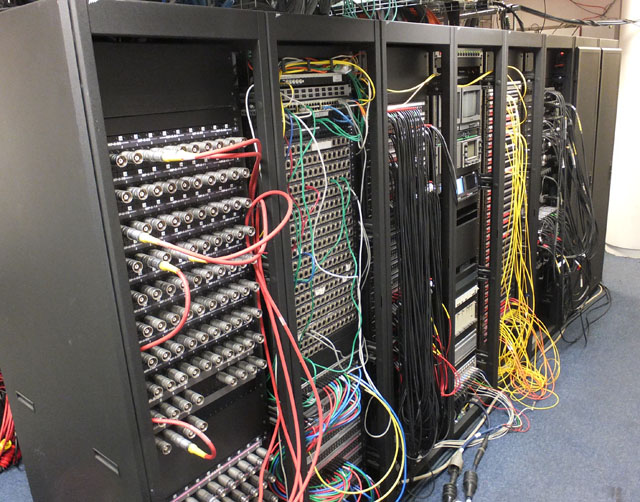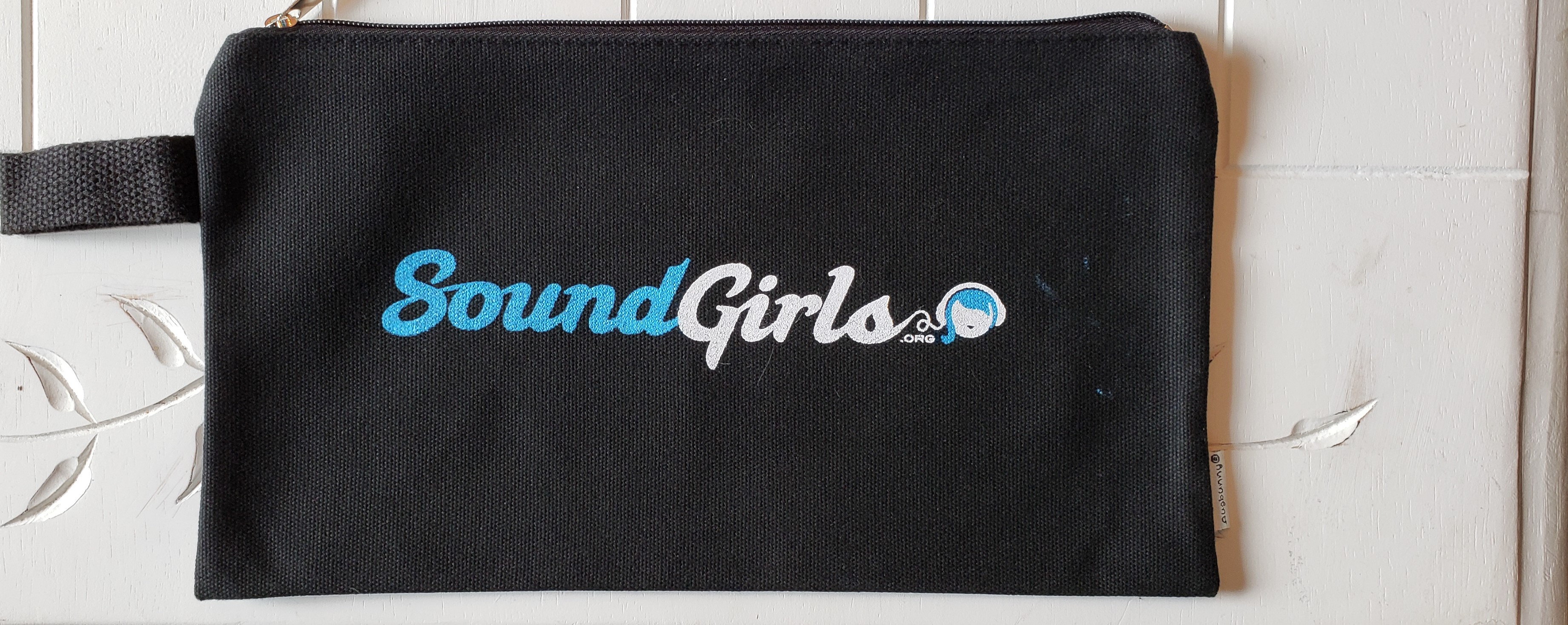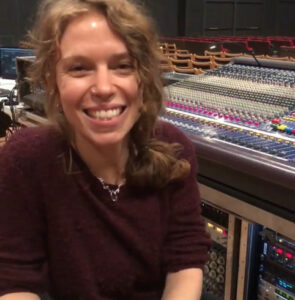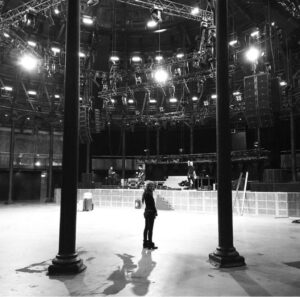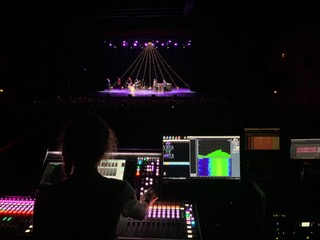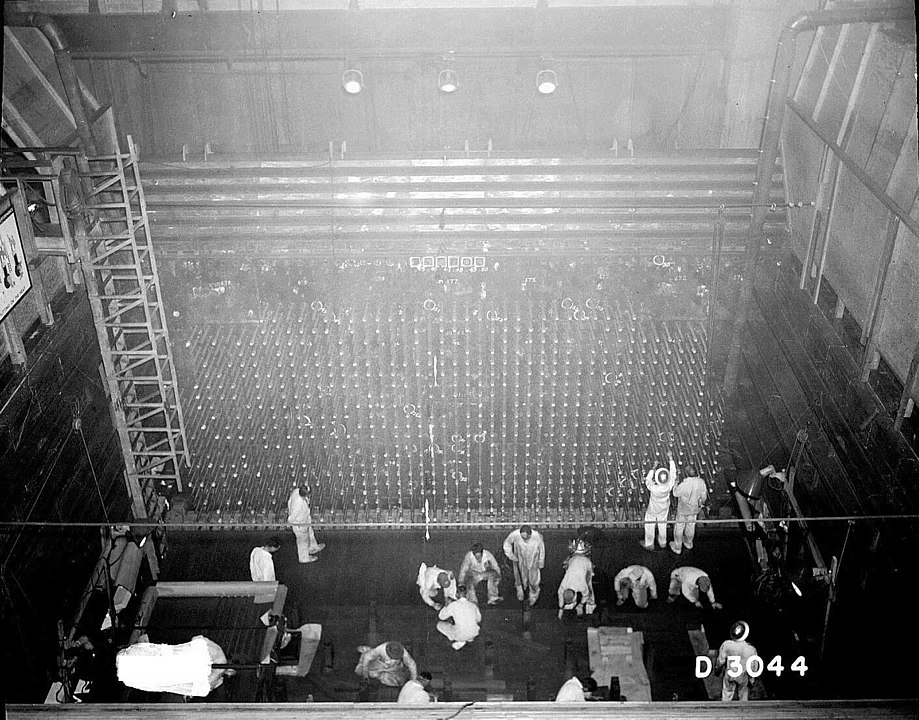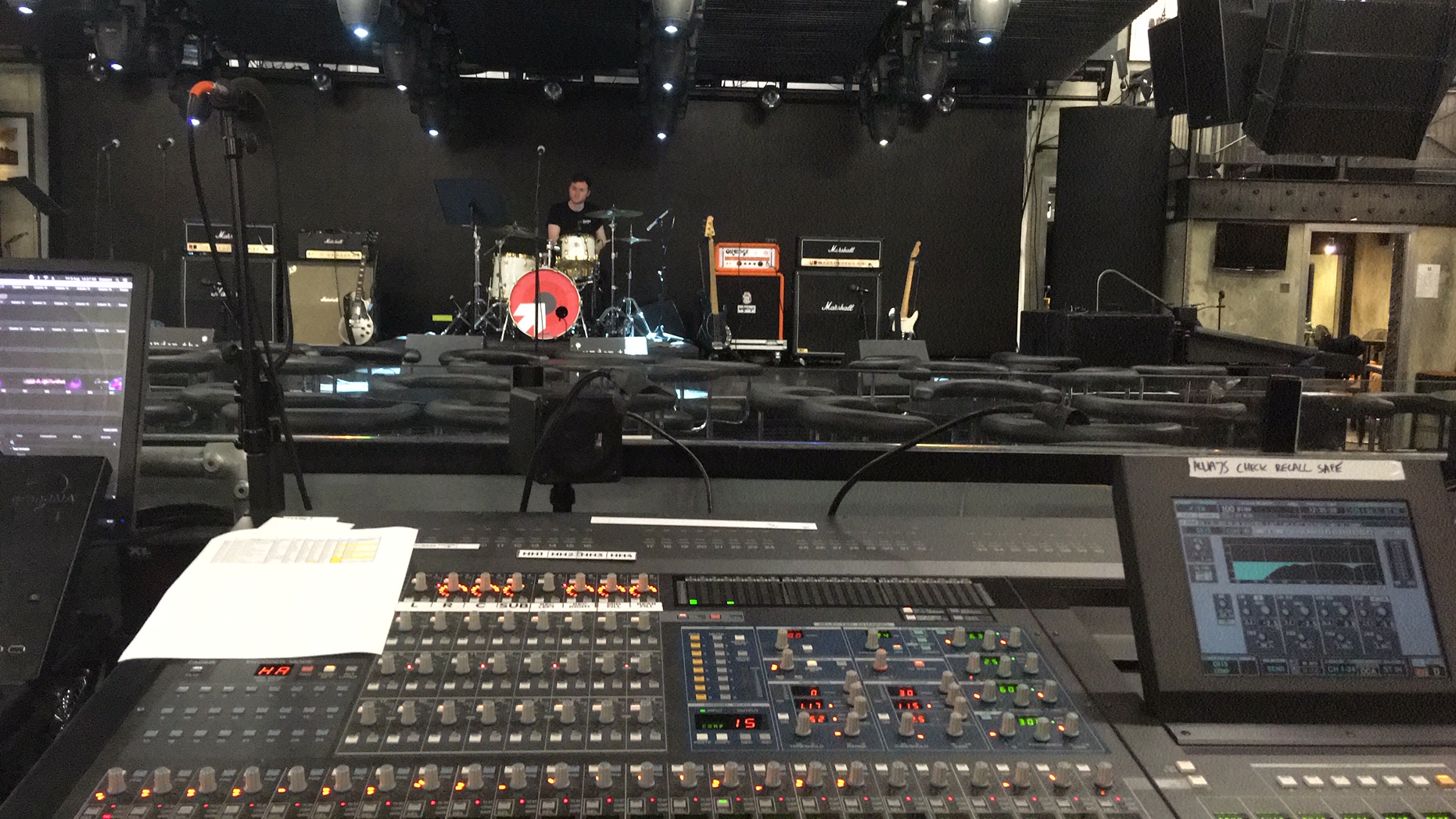
How to be the New Crew Person
In the live entertainment industry, you will find yourself working new venues fairly often; in the beginning, it might be every week! It’s not easy being ‘the new crew,’ and it can feel somewhat daunting at first. I remember when I started out and I used to not be able to sleep and get stomach ache because I was so stressed out that I was not going to fit in or that I was not going to be able to make some friends or do a good job.
Obviously, it was all in my head, and nowadays, I don’t lose any sleep over being new, but it took some time to get my confidence up and be comfortable with the unknown.
So let’s look at how we can tackle the basics of being new!
Pre-Gig
Look smart and wear practical clothing. Black is the standard colour in the industry because we are meant to be invisible, but it just always works. Honestly, any life situation where you feel like you do not know what to wear, wear black.
If you have got long hair or hair that tends to be in the way, put it up! It’ll be in the way when you’re working or get stuck into something you don’t want to have it stuck in.
Same with jewelry, make sure you’re not wearing anything that might come in the way or be at risk of being pulled out.
If you are new to a venue, make sure you look up the technical specifications of that venue and make sure to familiarise yourself with their equipment. If you are lucky and have got the time, ask to shadow the in-house person, or have a walk through their in-house system.
If you are working with new equipment, make sure you read the manuals beforehand, so you come prepared. Watch YouTube tutorials and make notes of handy tips and tricks to make sure your shift will run smoothly throughout the day/night.
The Gig
Be on time, or preferably be early! Time is not always on our side, so make sure you buy it as soon as possible. Being 30 min early might save you later on in the day, or you will have the time to actually have a little break later on. Either way, you will thank yourself later.
Introduce yourself!
To avoid assumptions on who you are, be the one to introduce yourself first. Let them know your name, who you are, and what job you’re there to do. This way, there will be fewer misunderstandings on who you are.
Ask for help, if you’re in a new venue, but there is a house technician, ask this person for help! That’s what they’re there for, and it will save you time rather than trying to figure everything out on your own. Although all venues are set up on the same basics, there are some differences due to XYZ.
Be friendly and keep the conversation light, if you are not as busy as somebody else ask them if they need a hand with anything.
Always bring a snack and water. There is nothing worse than working long hours on an empty stomach, and well, no one is pleasant to be around when they’re hungry and low on energy.
Post Gig
Hopefully, the gig has gone well, and you had a successful night with hopefully very minor to no issues at all. Before you leave, make sure everyone is OK, ask if anyone needs help with anything. Loadout goes a lot quicker with a helping hand, so make sure you do not leave anyone loading out on their own.
Drop them an email saying thanks; if you have covered someone’s shift, just let them know how everything went.
Find out whom to invoice and make sure to invoice as soon as possible to stay on top of your finances!
With these basics in the bag, you’ll make a good impression, and hopefully, with time and knowledge your confidence will come along, and you will no longer be ‘the new crew person
‘.
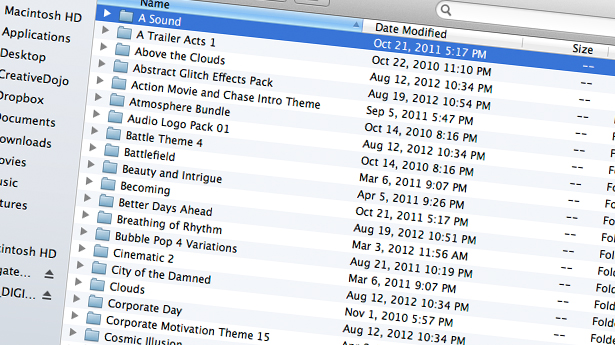

 We just got some new merch in. Long Sleeves, Onesies, Toddlers, Gig Bags, and Canvas Totes. Check it out Here
We just got some new merch in. Long Sleeves, Onesies, Toddlers, Gig Bags, and Canvas Totes. Check it out Here


